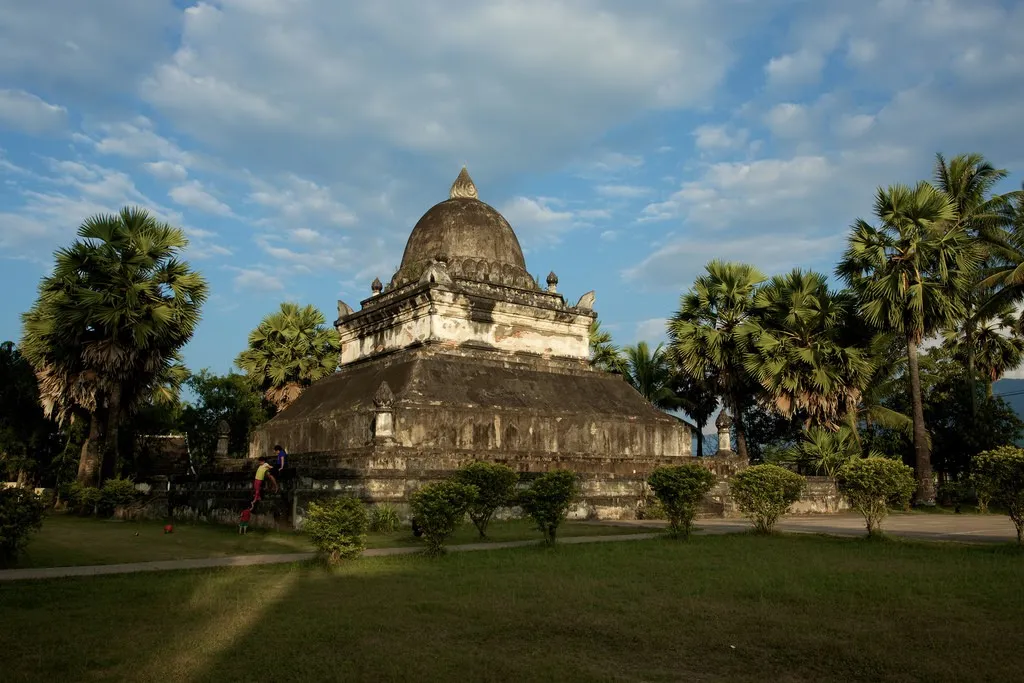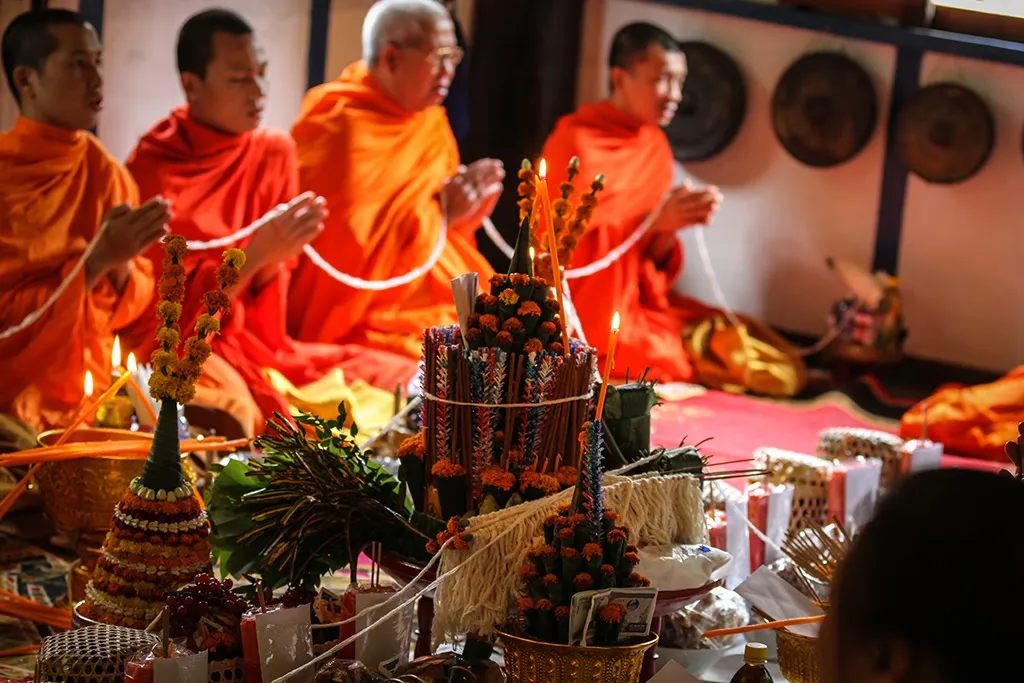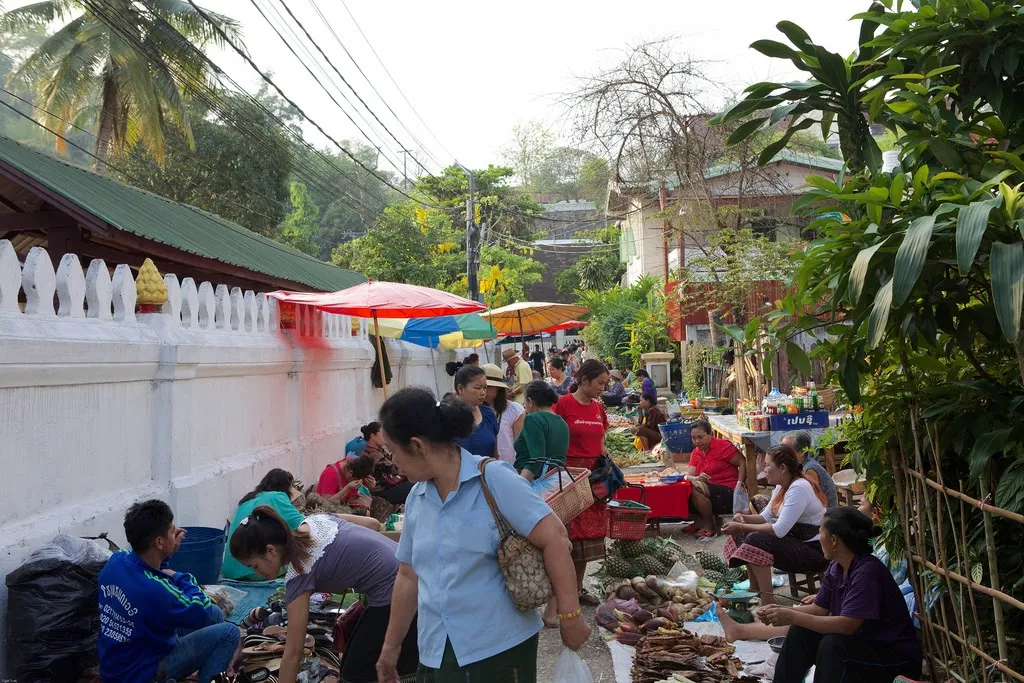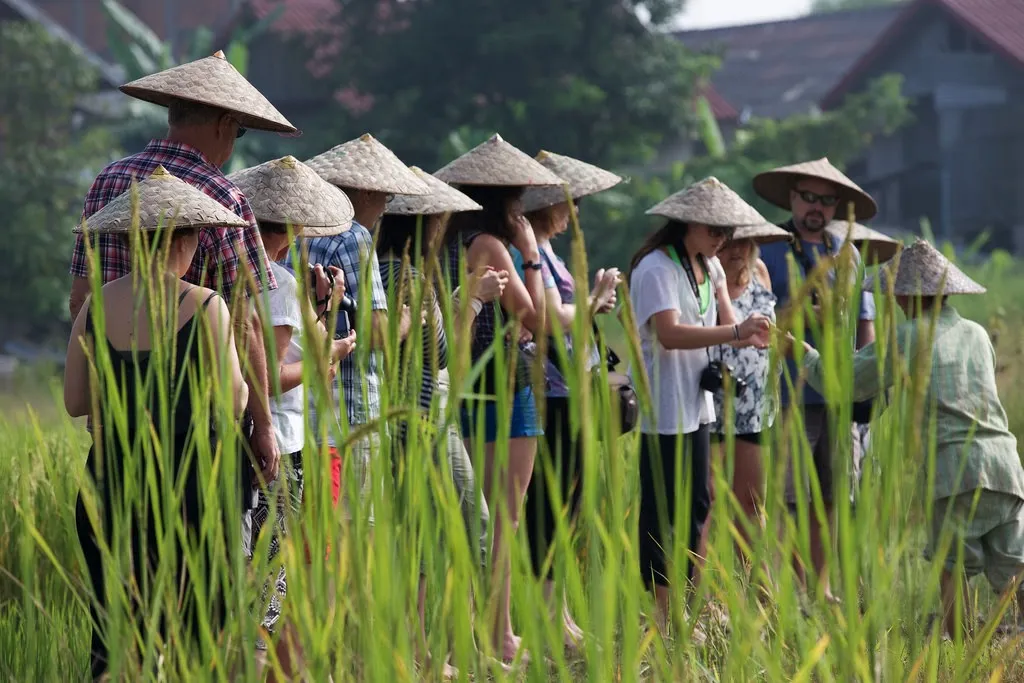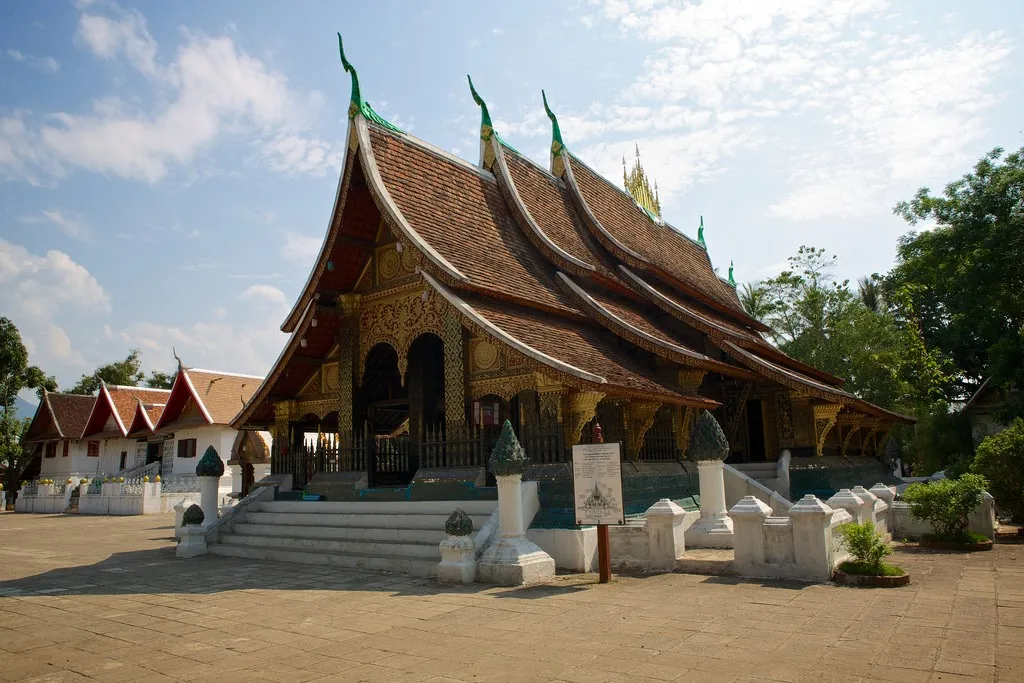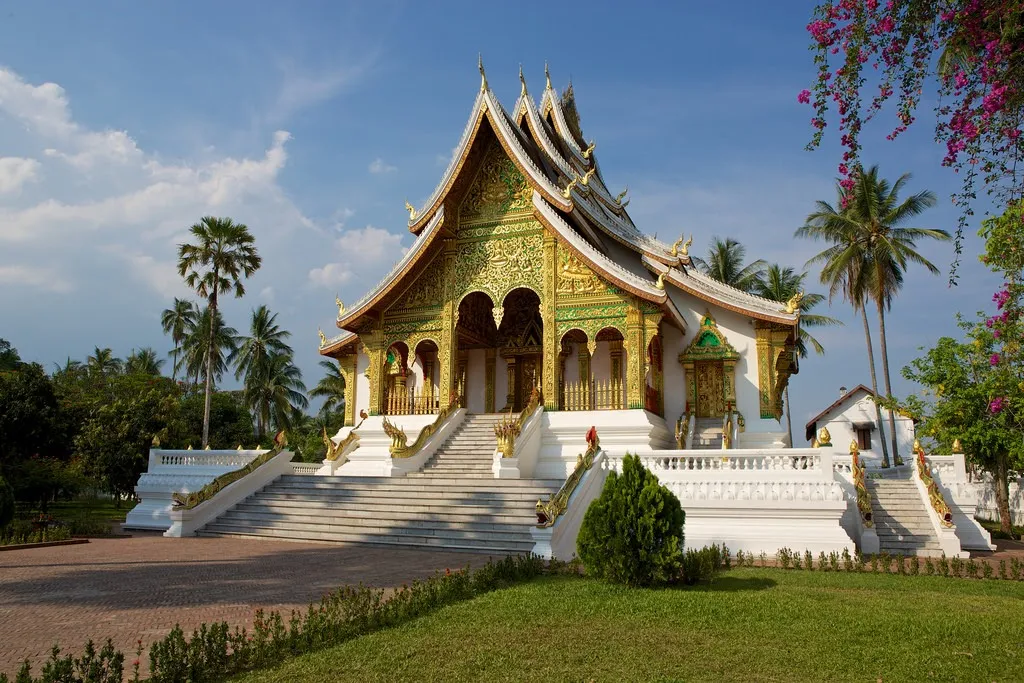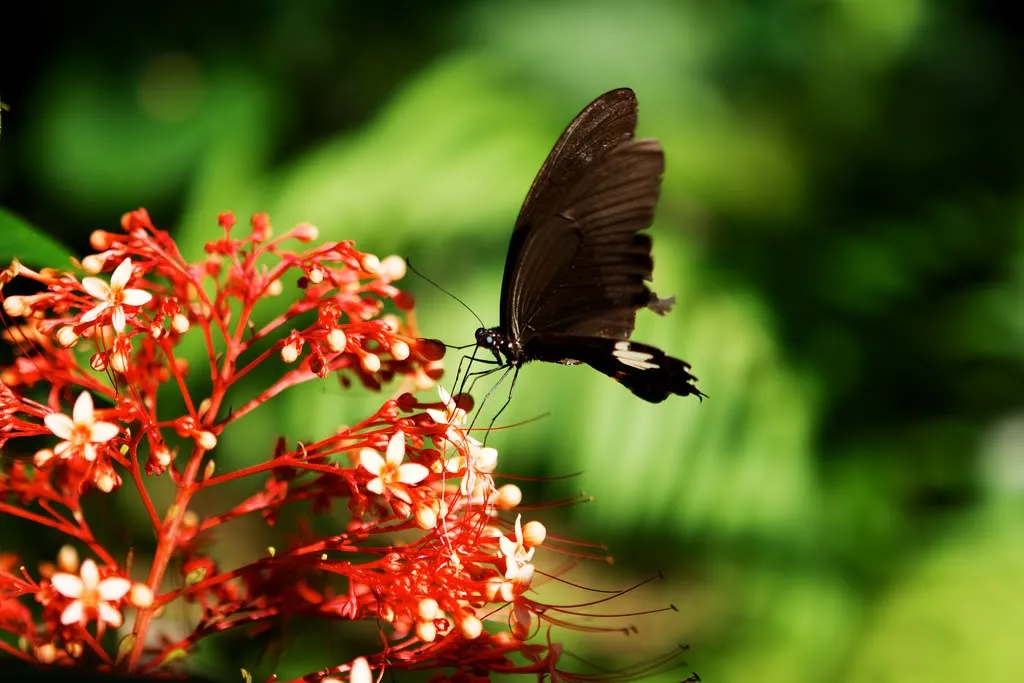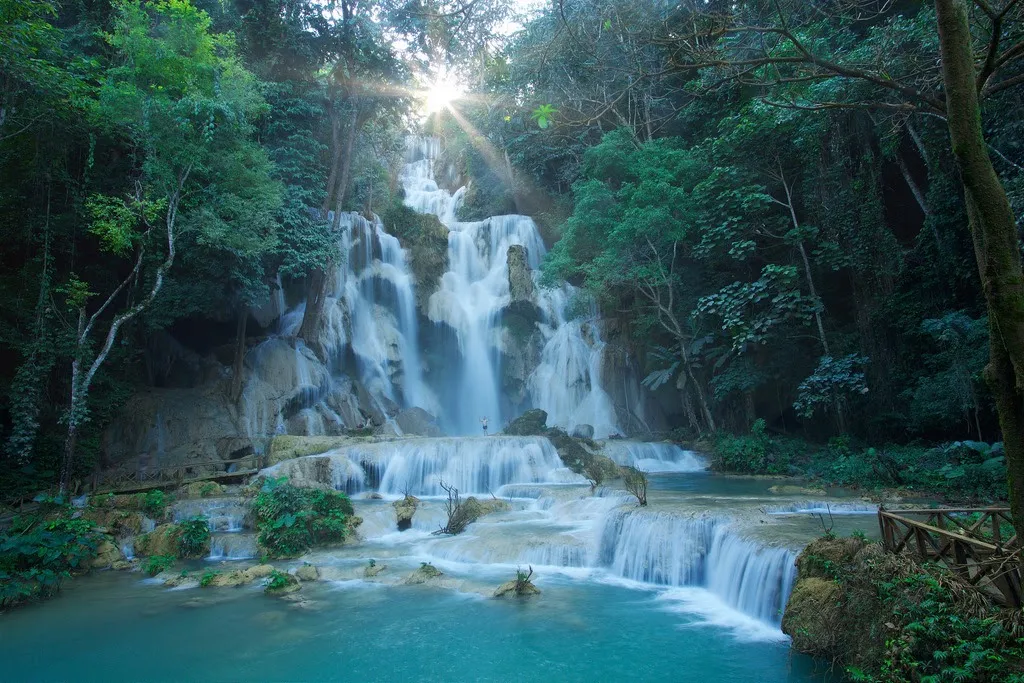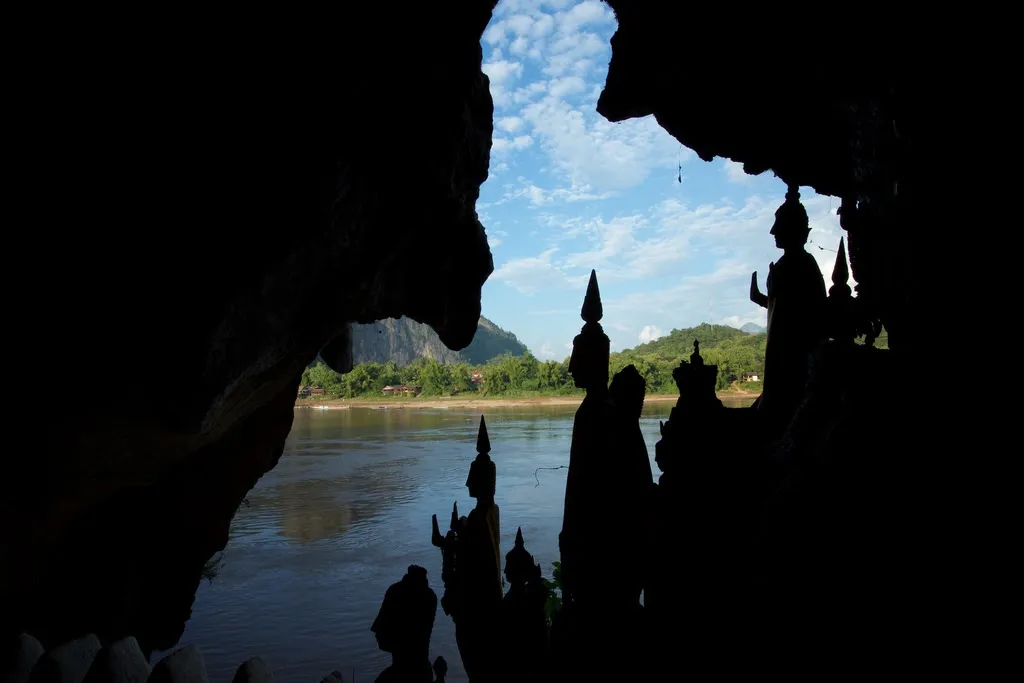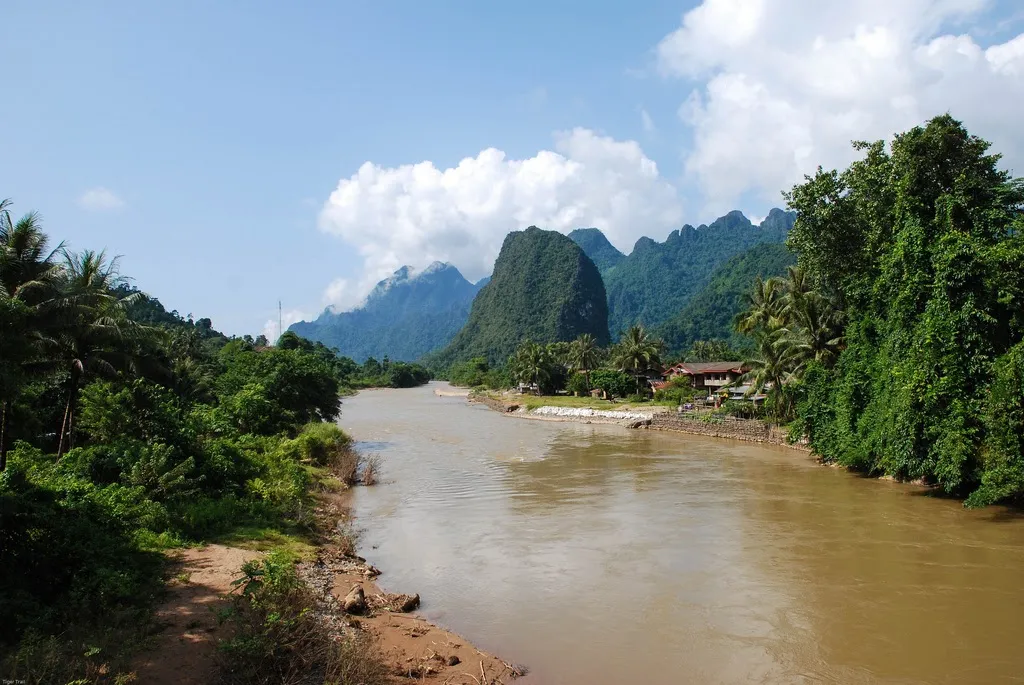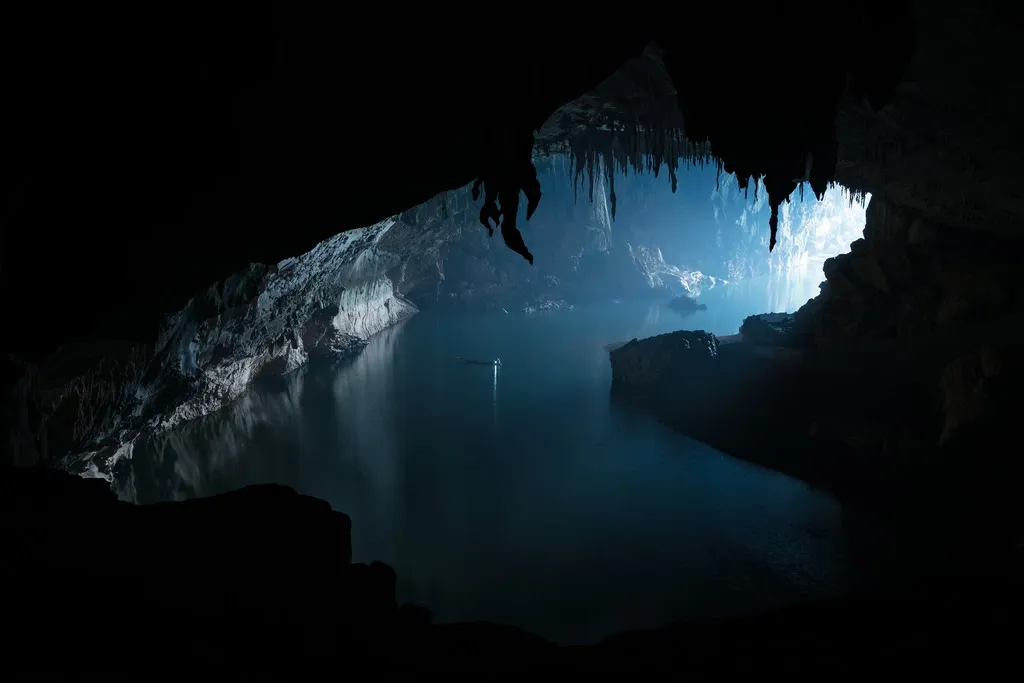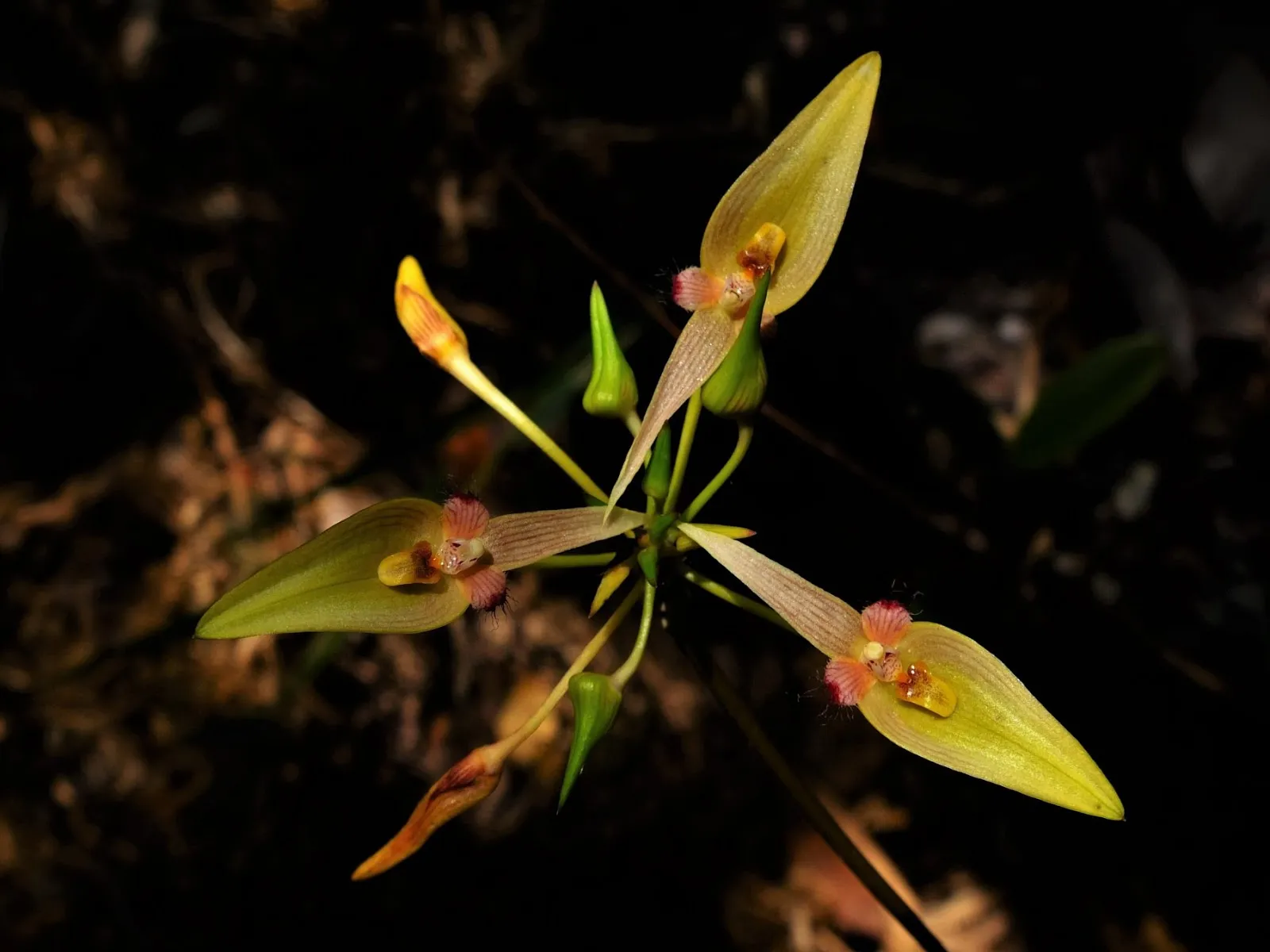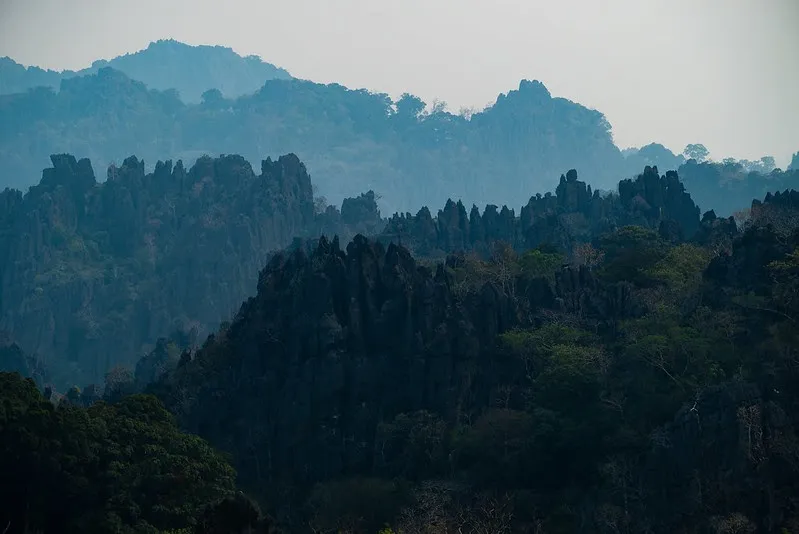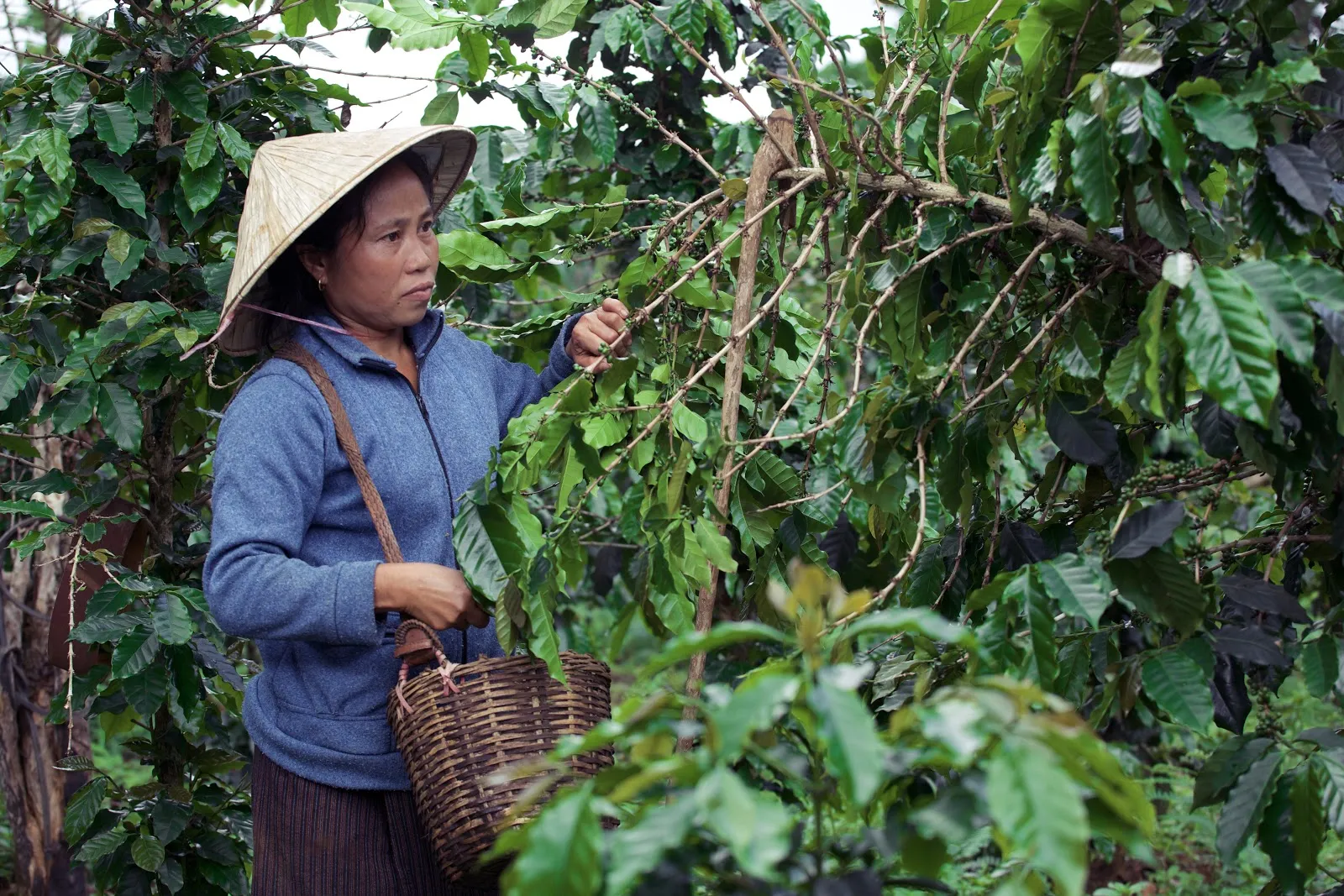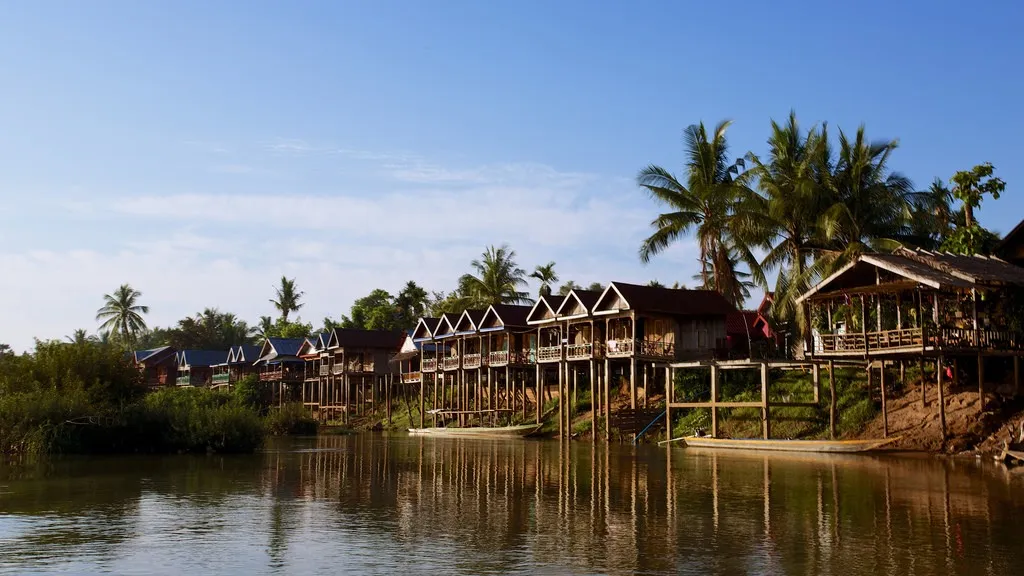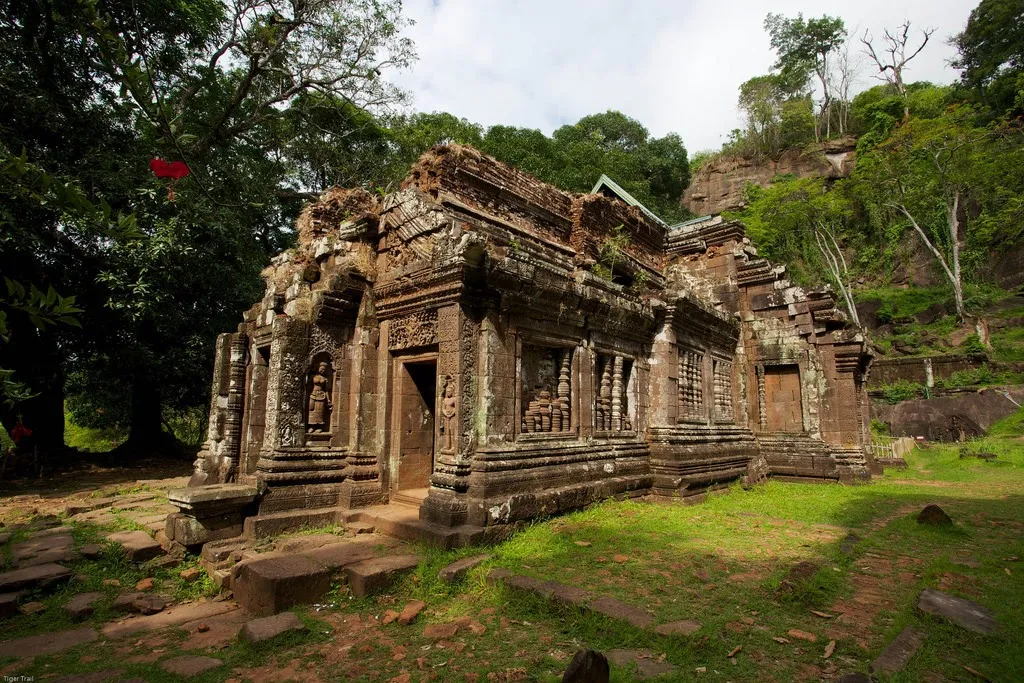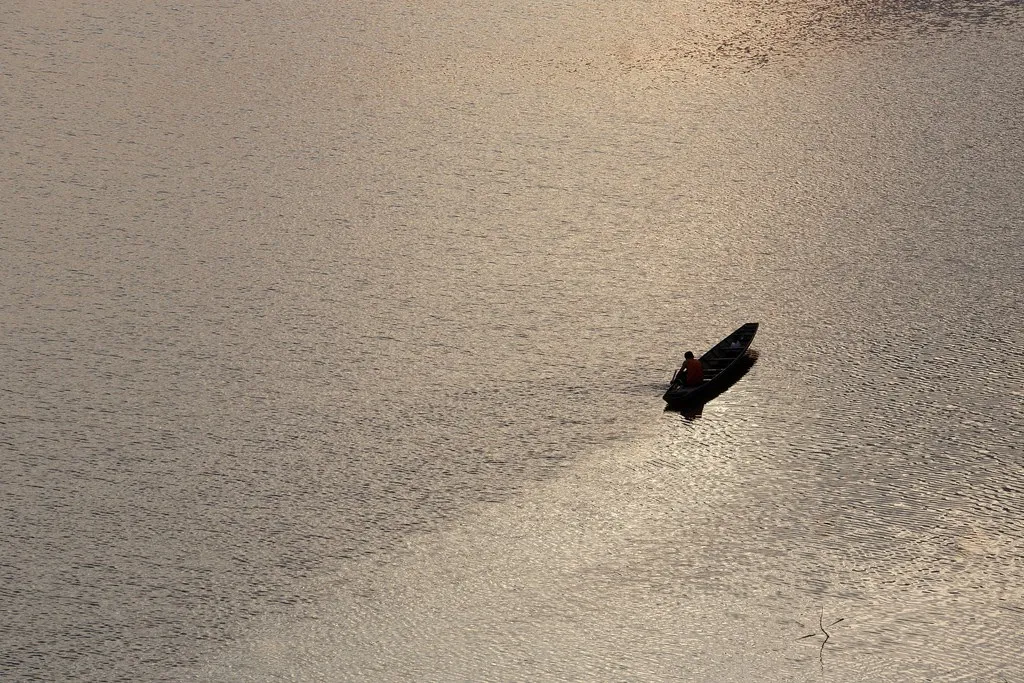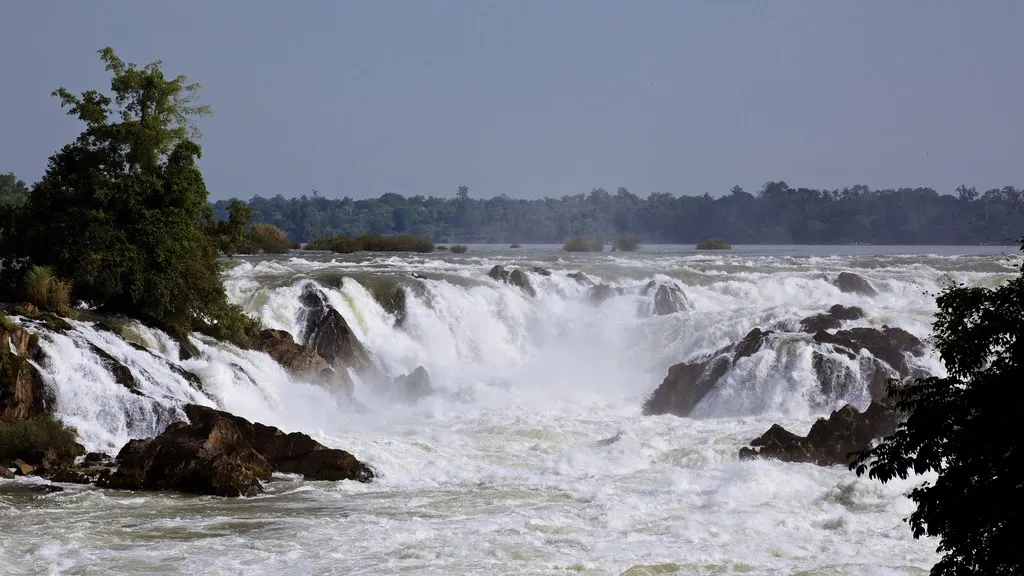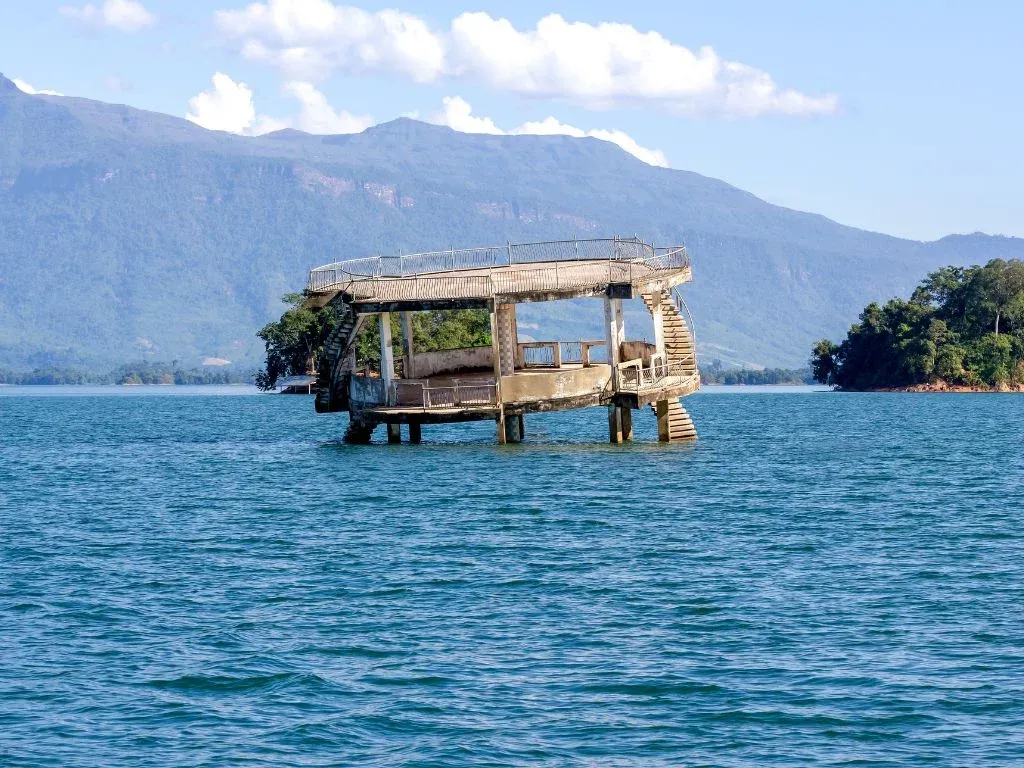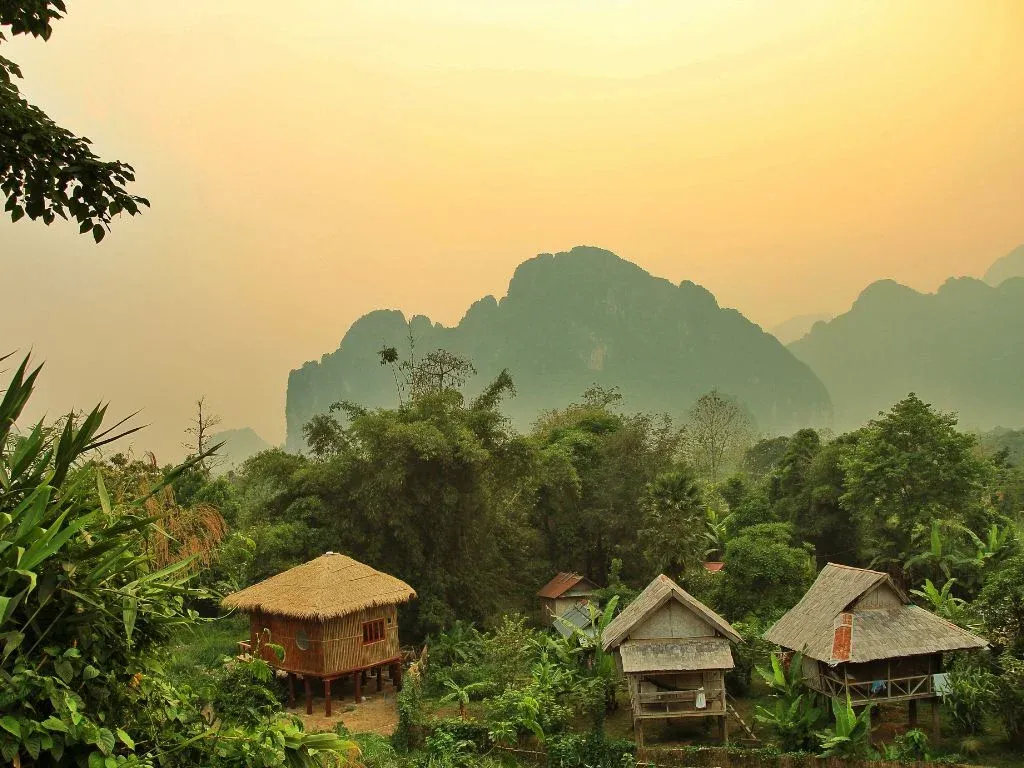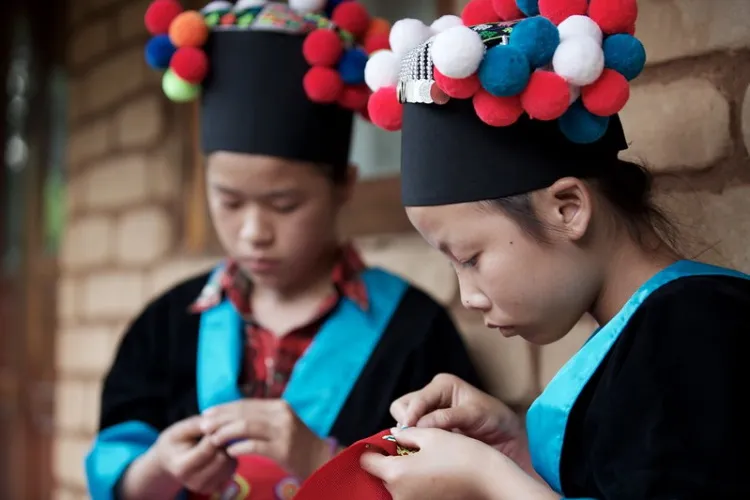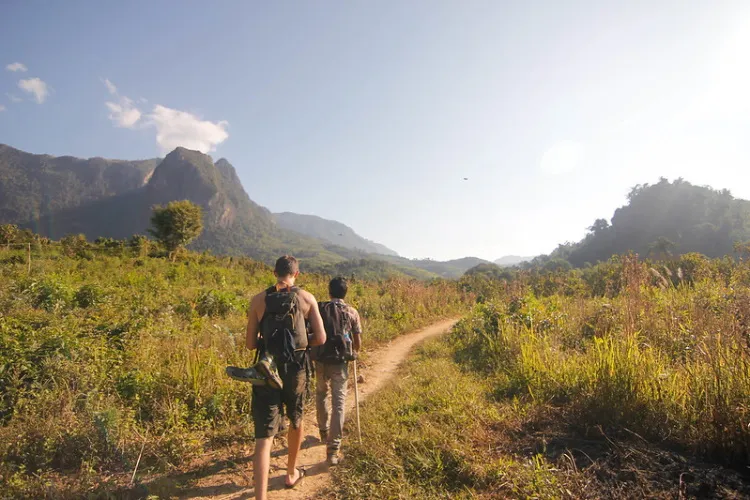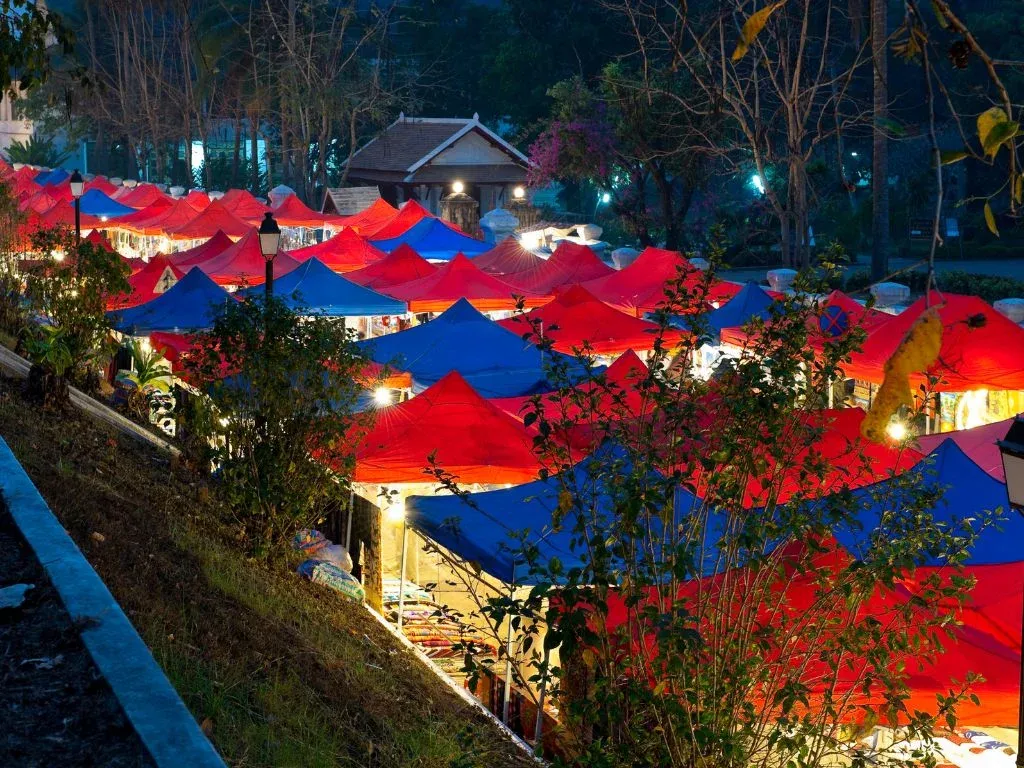SI PHAN DON
Meaning “Four Thousand Islands”, Si Phan Don is a group of islands in the Mekong river in the South of Laos. The area’s main attractions are its rural character, the tranquility, the opportunity to watch the rare Irrawaddy dolphin and the Khone Phapheng Waterfall.
The pace of life is slow in the rural area where local people live in small wooden houses on stilts and where cows, goats, pigs and other animals roam around free.
The most visited islands are Don Khone, Don Det and Don Khong, which is the largest island. Don Det is a small island that offers the most choice of accommodation. The island attracts a large number of backpackers. The larger Don Khone Island, which is just one kilometer from the Cambodian border is less developed than Don Det. The Irrawaddy dolphin lives in the waters South of this island. The island is connected with Don Det with a bridge built by the French during the colonial era. During the rainy season it is up to 12 km wide. When the water goes back, there are many small islands. It is this phenomenon that gave the region its name.
TAD LI PHI WATERFALL
This is another amazing natural site to visit. Relax, enjoy the scenery, watch people fishing, and enjoy a dish of freshly caught Mekong fish. This waterfall is named after a sacred Buddha image (Pha), which was dropped in the water-never to be found again by the first King of Laos, Chao Fa Ngum, who was travelling the region by boat. The name Li Phi was given to the area because it acts like a giant fish trap (Li) and will kill any of those who dare to navigate it (Phi means ghost or dead person).
TAD KHONE PHAPHENG WATERFALL
13 km from the Cambodian border and east of Don Khone on the Mekong River is the pearl of the Mekong, Khone Phapheng Waterfall. Here the Mekong Cascades across a wide fault line, which slopes in curvilinear pattern and causes the river to pass through with awesome power. Khone Phapheng is the largest waterfall by water volume in due to its great power and steep descent, the waterfall renders this area of the Mekong unnavigable, before flowing peacefully South into Cambodia and Vietnam.
Overnight in Pakse.
